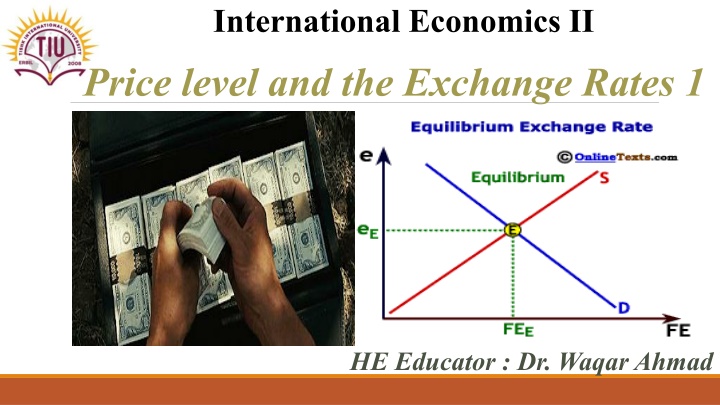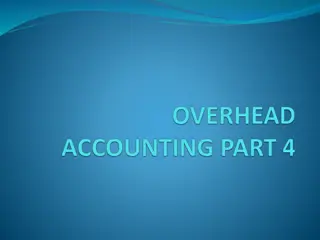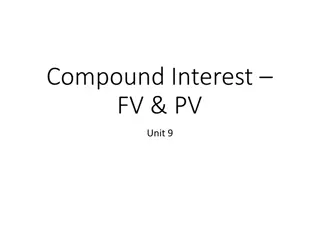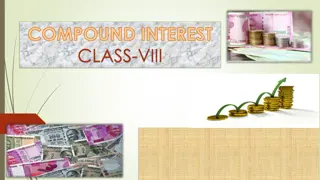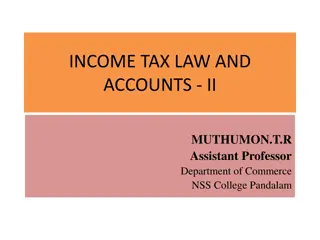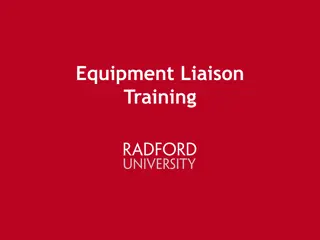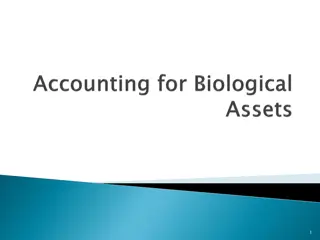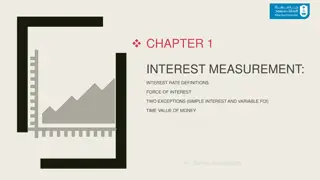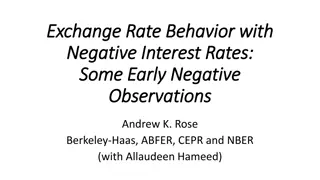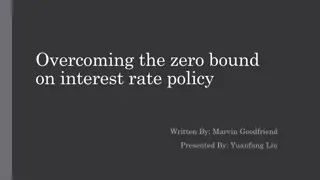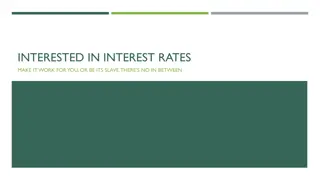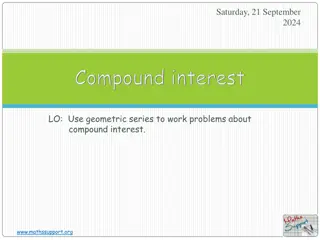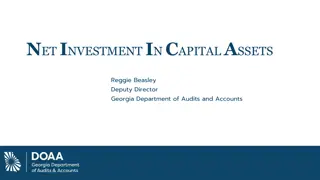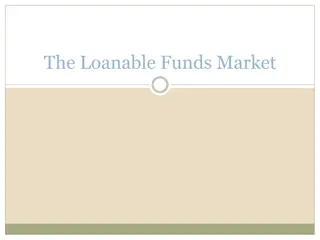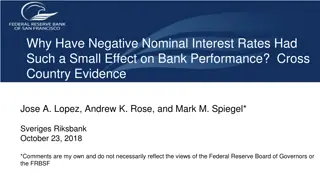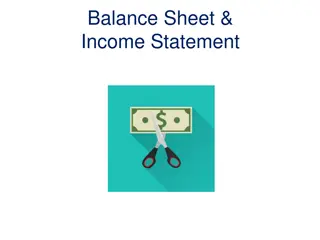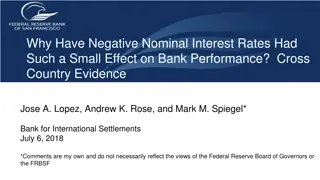Model of Real Assets and Interest Rates
Explore the money market model and its equilibrium conditions with impacts on interest rates, prices, and exchange rates in international economics. Understand the dynamics of monetary assets, interest-bearing assets, and their interplay.
Download Presentation

Please find below an Image/Link to download the presentation.
The content on the website is provided AS IS for your information and personal use only. It may not be sold, licensed, or shared on other websites without obtaining consent from the author.If you encounter any issues during the download, it is possible that the publisher has removed the file from their server.
You are allowed to download the files provided on this website for personal or commercial use, subject to the condition that they are used lawfully. All files are the property of their respective owners.
The content on the website is provided AS IS for your information and personal use only. It may not be sold, licensed, or shared on other websites without obtaining consent from the author.
E N D
Presentation Transcript
International Economics II Price level and the Exchange Rates 1 HE Educator : Dr. Waqar Ahmad
Learning Objectives A model of real monetary assets and interest rates A model of real monetary assets, interest rates, and exchange rates Long run effects of changes in money on prices, interest rates, and exchange rates
A Model of the Money Market The money market is where monetary or liquid assets, which are loosely called money, are lent and borrowed. Monetary assets in the money market generally have low interest rates compared to interest rates on bonds, loans, and deposits of currency in the foreign exchange markets. Domestic interest rates directly affect rates of return on domestic currency deposits in the foreign exchange markets.
A Model of the Money Market When no shortages (excess demand) or surpluses (excess supply) of monetary assets exist, the model achieves an equilibrium: Ms = Md Alternatively, when the quantity of real monetary assets supplied matches the quantity of real monetary assets demanded, the model achieves an equilibrium: Ms/P = L(R,Y)
A Model of the Money Market (cont.) When there is an excess supply of monetary assets, there is an excess demand for interest bearing assets like bonds, loans, and deposits. People with an excess supply of monetary assets are willing to offer or accept interest-bearing assets (by giving up their money) at lower interest rates. Others are more willing to hold additional monetary assets as interest rates (the opportunity cost of holding monetary assets) falls.
A Model of the Money Market (cont.) When there is an excess demand of monetary assets, there is an excess supply of interest bearing assets like bonds, loans, and deposits. People who desire monetary assets but do not have access to them are willing to sell non- monetary assets in return for the monetary assets that they desire. Those with monetary assets are more willing to give them up in return for interest-bearing assets as interest rates (the opportunity cost of holding money) rises.
Determination of the Equilibrium Interest Rate
Effect of an Increase in the Money Supply on the Interest Rate An increase in the money supply lowers the interest rate for a given price level. A decrease in the money supply raises the interest rate for a given price level.
Effect on the Interest Rate of a Rise in Real Income An increase in national income increases equilibrium interest rates for a given price level.
